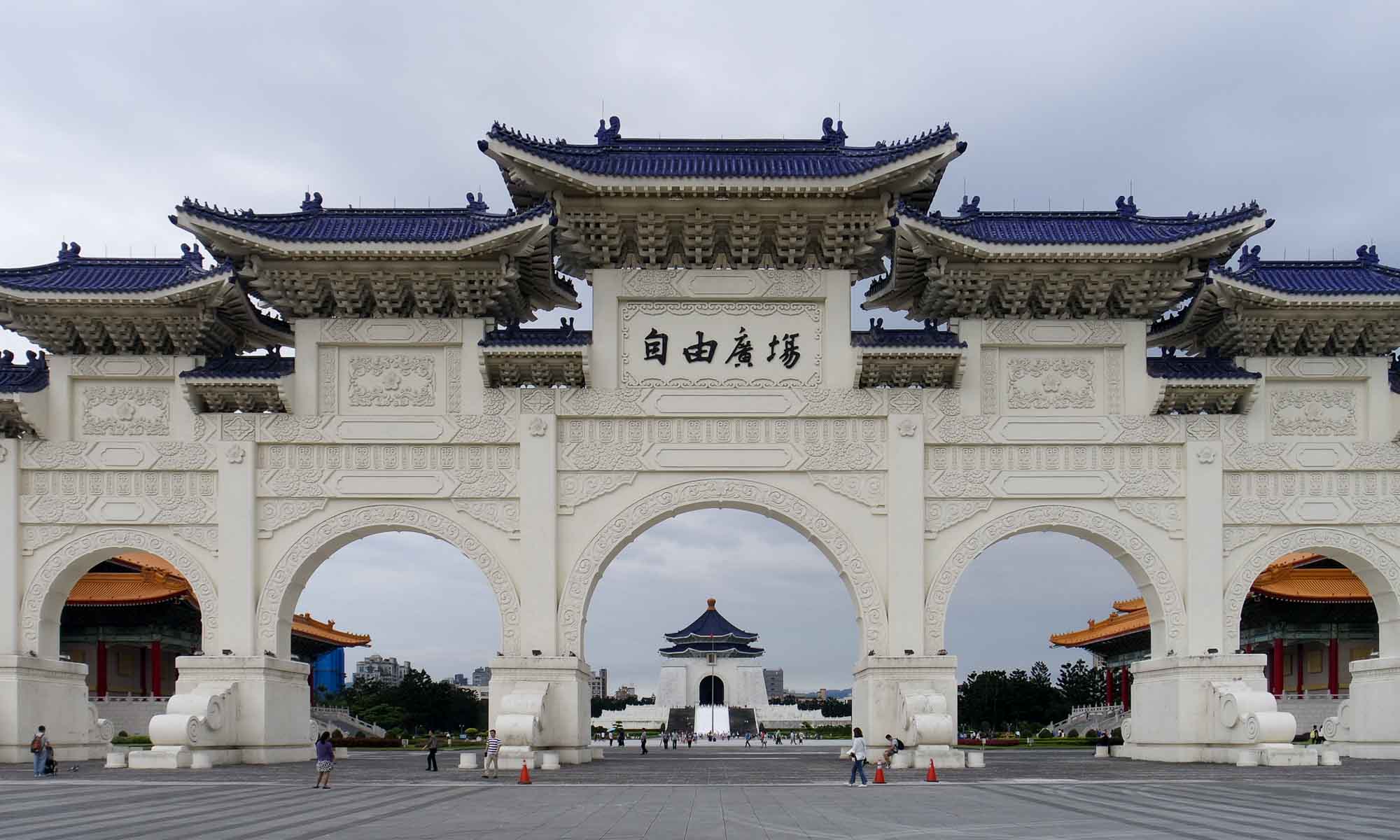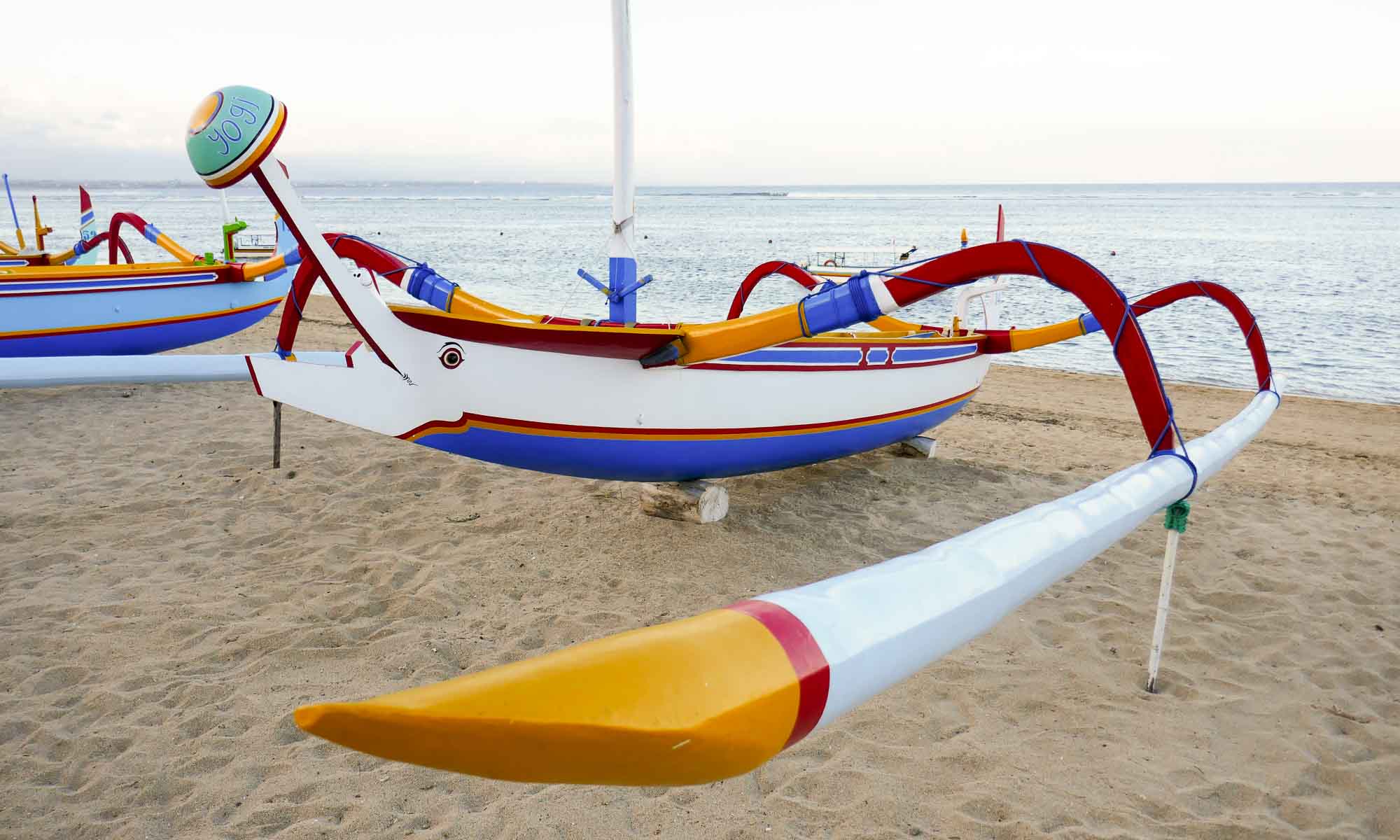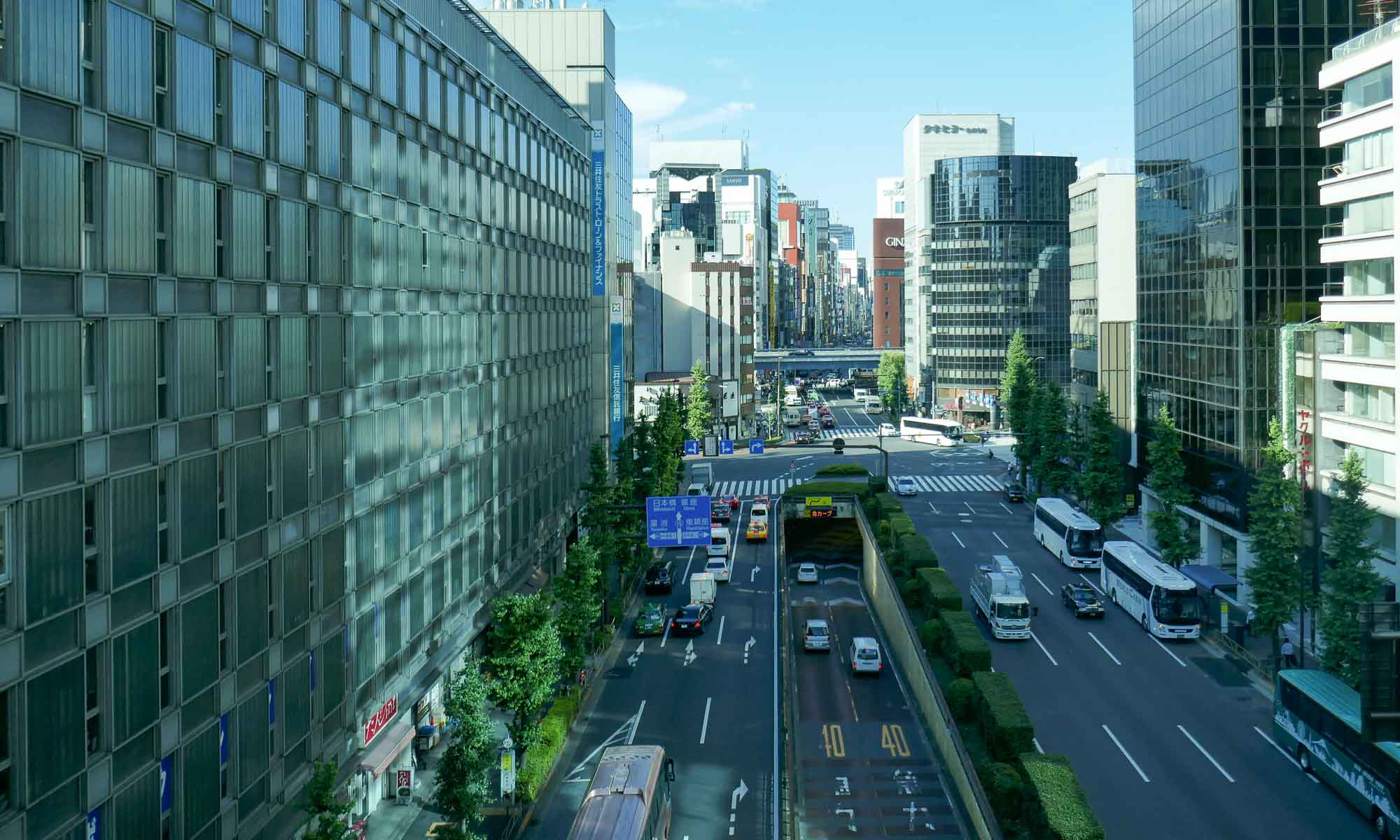Taiwan had never been on our itinerary when we left Amsterdam. However, since we were unable to obtain visas to China, we decided to spend 2.5 weeks in Taiwan driving round the island.
Thousands of years ago Taiwan was connected to the mainland, and was only separated after sea levels rose. It was initially occupied by Taiwanese aborigines until the Dutch and Spanish, who had a stronghold on parts of the island, opened it up to mass immigration from China. After the first Sino-Japanese war it was ceded to Japan. It was during this time that the Republic of China (ROC) was established on the mainland. After WWII the Japanese surrendered to the allied forces and the ROC took control of Taiwan. Subsequent to this, and the Chinese Civil War, the ROC lost control of the mainland to the communists and fled to Taiwan. The ROC was a founding member of the UN and used to represent China until it lost its seat to China (The People’s Republic of China). Till today, Taiwan is unfortunately in a battle to be recognised as an independent country, separate from China.

Taiwan is a key player in the high-tech industry, and is a country that for some reason is not usually on the average tourist’s itinerary. It is one of the most highly educated countries, and as we traveled around from the cities to the countryside, we found the people to be very friendly and hospitable.

Taipei is the capital city and cultural center of Taiwan. It is a city filled with a mixture of old and new, with the west side depicting more of the old way of life, and the east side filled with skycrapers, shopping malls, trendy bars and restaurants. Walking through Taipei, it felt like a mixture of Singapore and Tokyo and at no time did we feel unsafe. It quickly became a place endeared in our hearts!
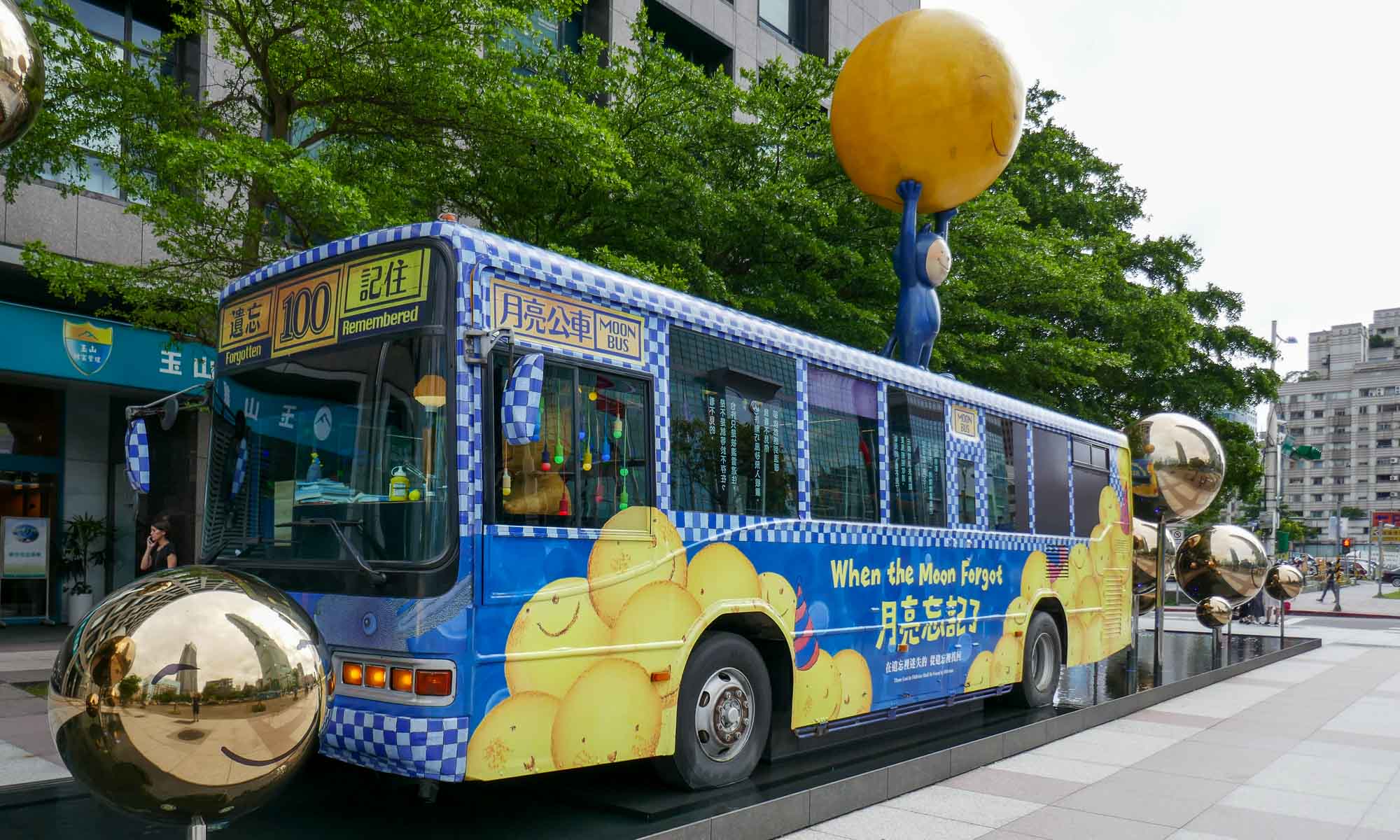
Highlights of Taipei
Taipei 101
Taipei’s tallest building, Taipei 101, was the tallest building in the world for 6 years until it got surpassed by Burj Khalifa. It is built to withstand typhoons and earthquakes and spans 101 floors reaching a height of 508 m. The design of the building incorporates the style of several pagodas, and a stalk of bamboo. The building was previously known as Taipei World Financial Center, and thus it was no surprise for me to find offices of KPMG within the building. In addition to offices, the building houses a shopping mall, restaurants, a club and conference center.

Though the tower offers various levels of observation decks (88th, 89th and 91st floors), the view from the outdoor deck on the 91st floor was somewhat obstructed by the high fence surrounding the deck. At the time we visited it was quite windy, and therefore we were unable to visit about half of the observation deck. Nevertheless the indoor deck provided 360 degree views of Taipei.
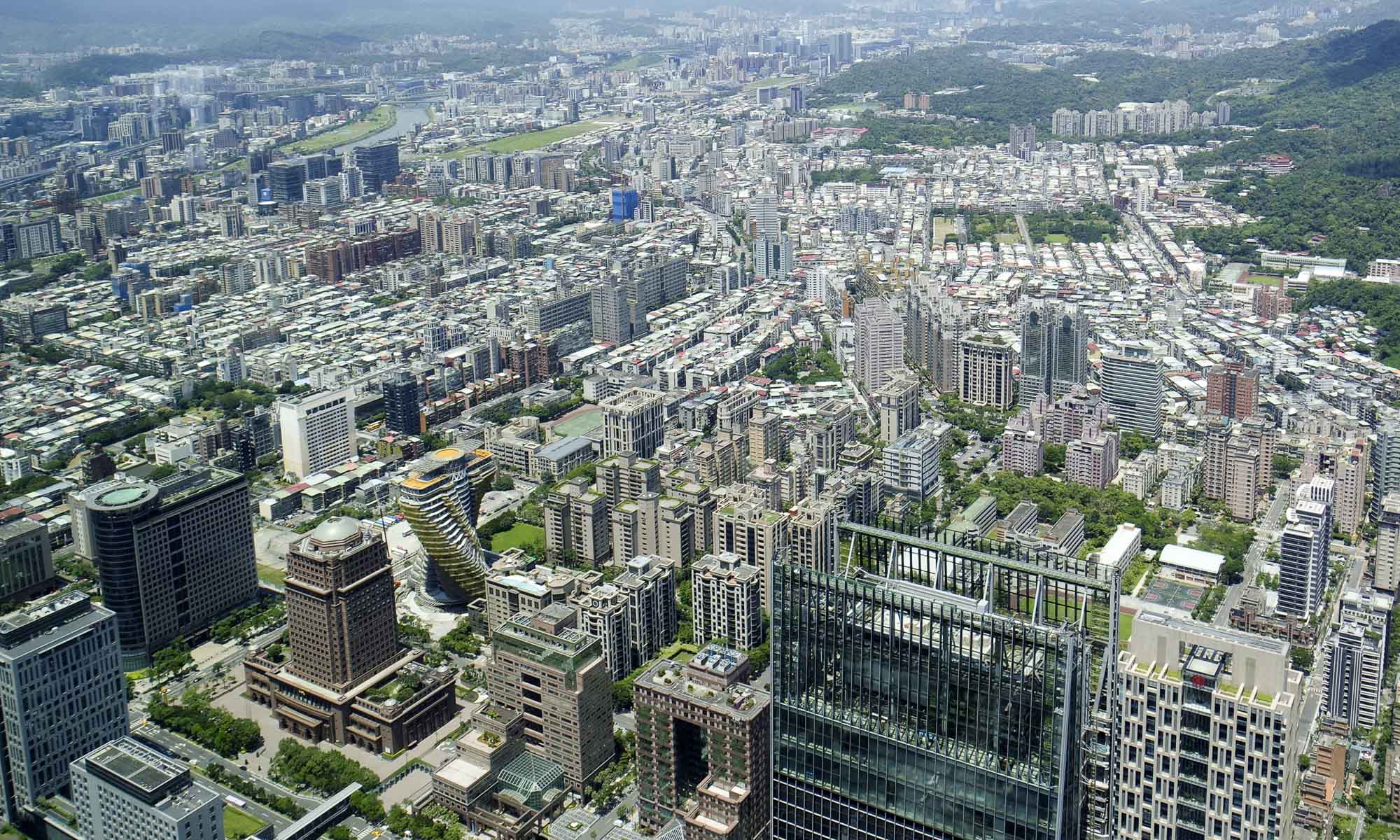
In the middle of the indoor observation deck, is the worlds largest and heaviest damper. The damper, used to offset movements caused by strong winds, has become a tourist attraction in its own right.
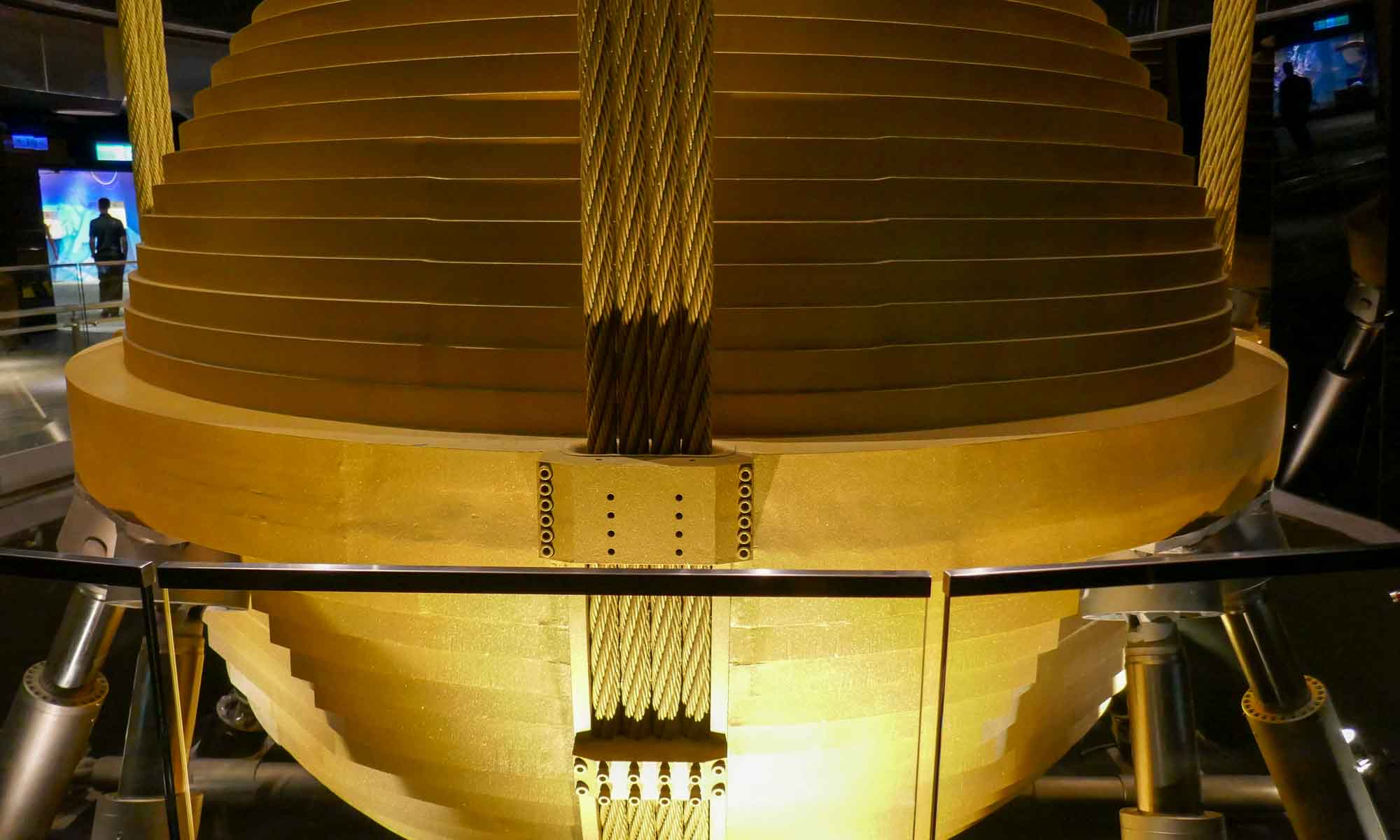
Admission fee: NT$600
Getting to Taipei 101
The closest metro station is the Taipei 101/ World Trade Center station. Exit 4 leads straight to Taipei 101.
Dragon Boat Festival
Finding out we were in town for the annual Dragon Boat Festival, we immediately amended our plans and made our way to the location of the race. It is thought to be the largest Dragon Boat race in Asia, with both local and international contestants, which adds to the diversity of the boat designs.
The festival marks the death of Qu Yuan, who was a patriotic poet that committed suicide by drowning in the river, after being slandered by corrupt ministers and exiled by the king. The story states that people raced out in their boats to attempt to save him or to retrieve his body, which led to the start of the dragon boat races.

Location of boat race
Taipei’s Dajia Riverside Park
Chiang Kai-shek Memorial Hall
Chiang Kai-shek once the leader of the ROC, and close ally of Sun Yat-sen, is both revered and criticised for his role in the establishment of the ROC. The hall erected in his memory is set in the east of what is now known as the Chiang Kai-shek memorial park, and was opened to the public in 1980. Manicured gardens lead the way from the hall to the main gate, which passes through a square known as Liberty Square, the site of a number of recent demonstrations.
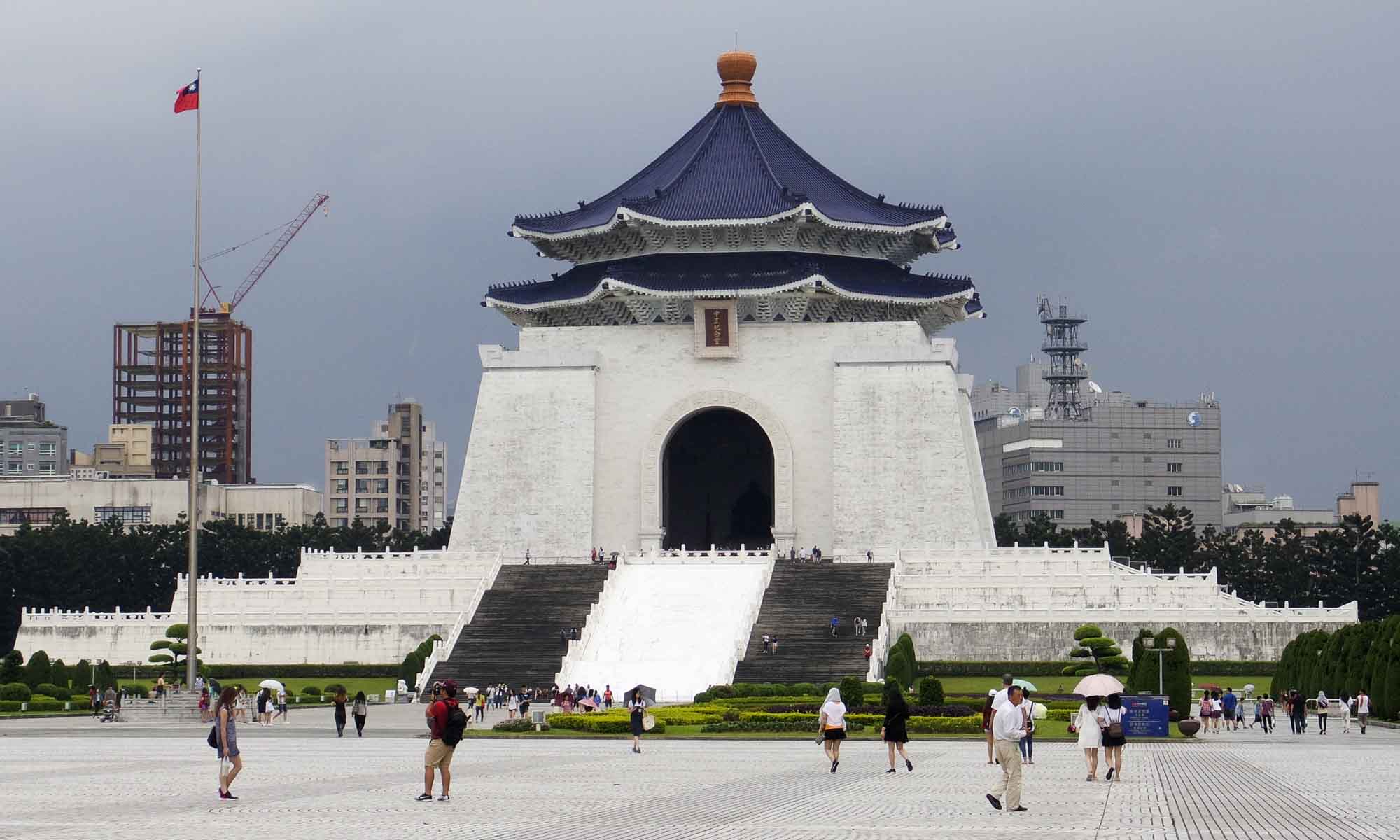
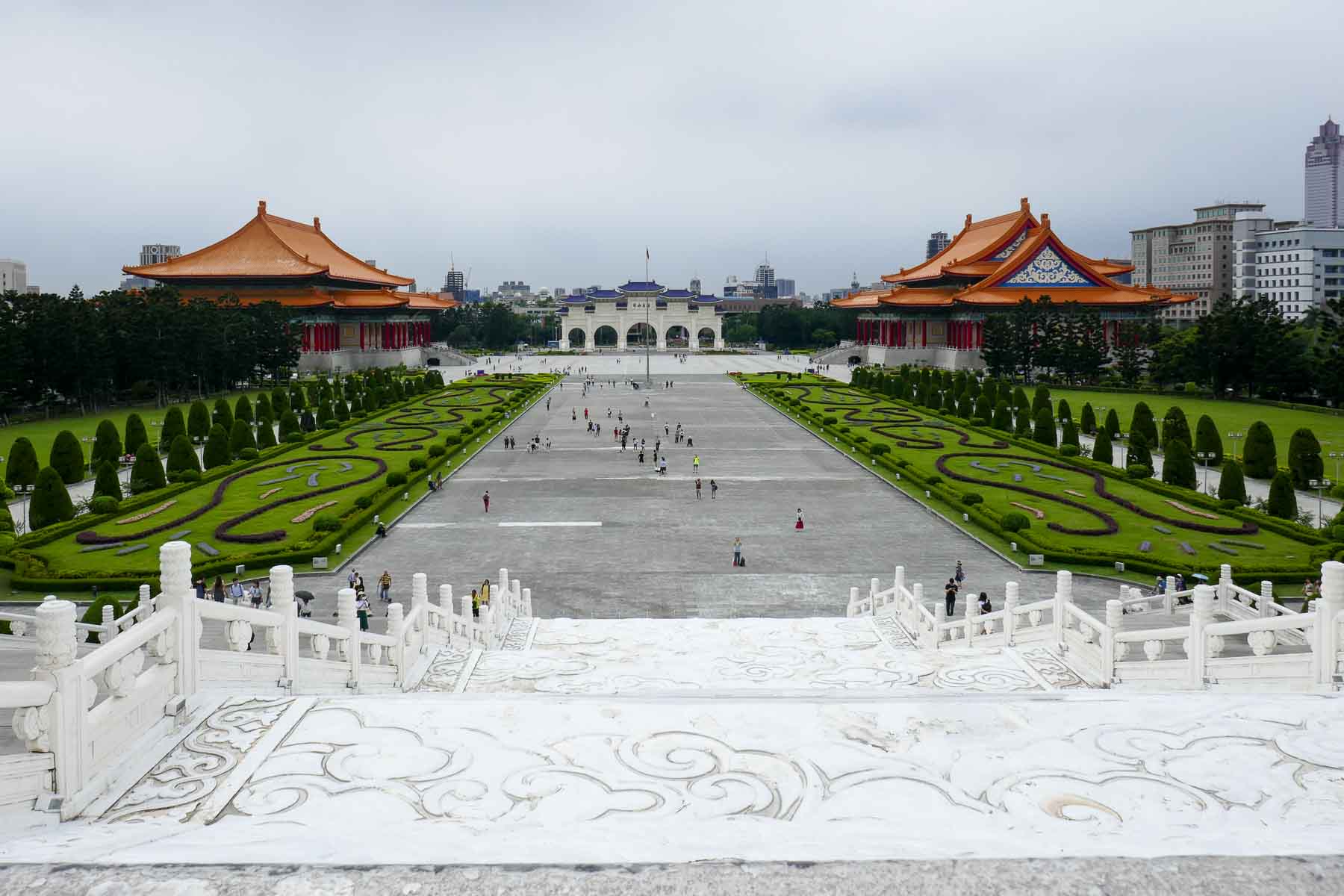
At the center of the hall is a large bronze statue of Chiang Kai-shek, which is guarded round the clock by members of either the army, navy, air force or military police. We were fortunate to witness the “changing of the guard”, which occurs every hour on the hour.
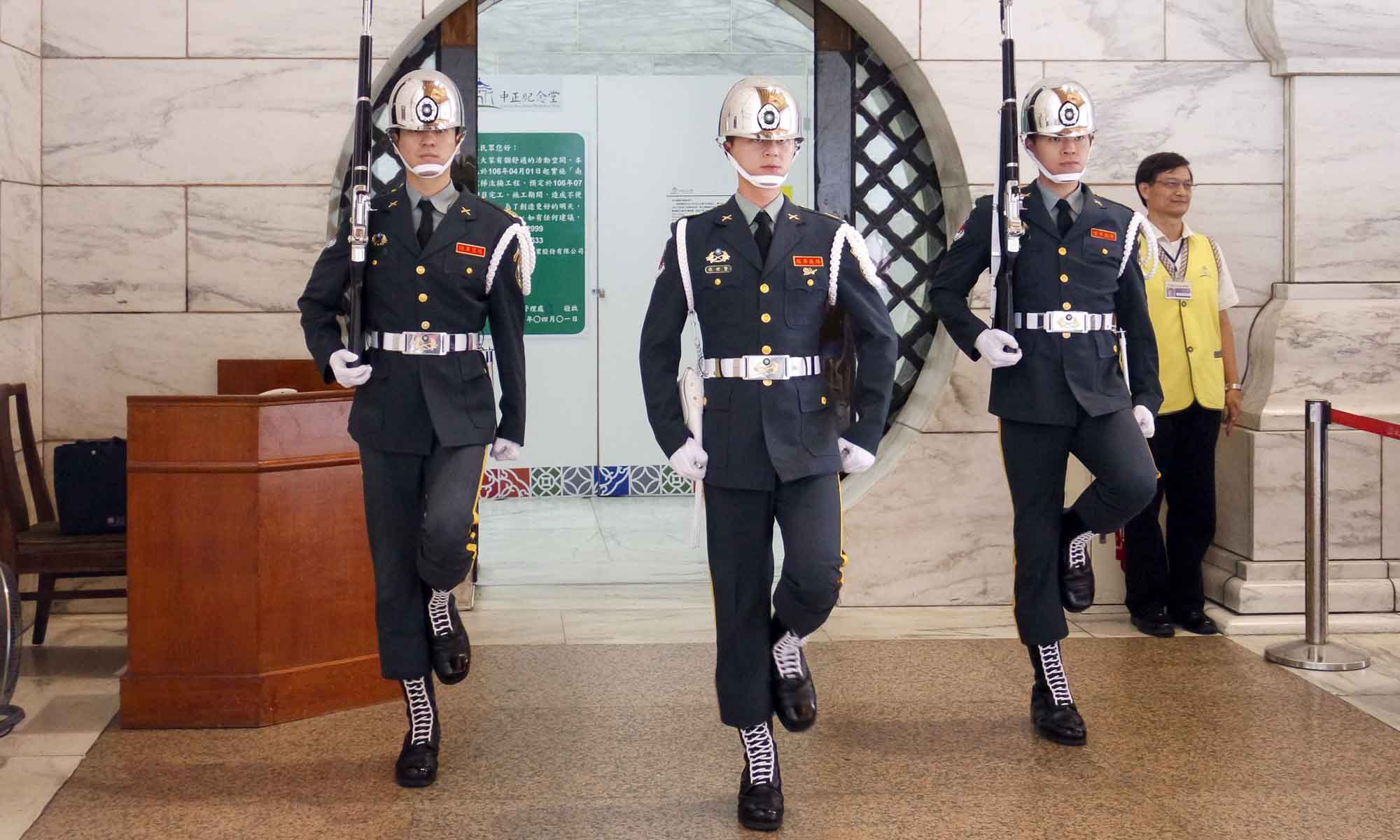
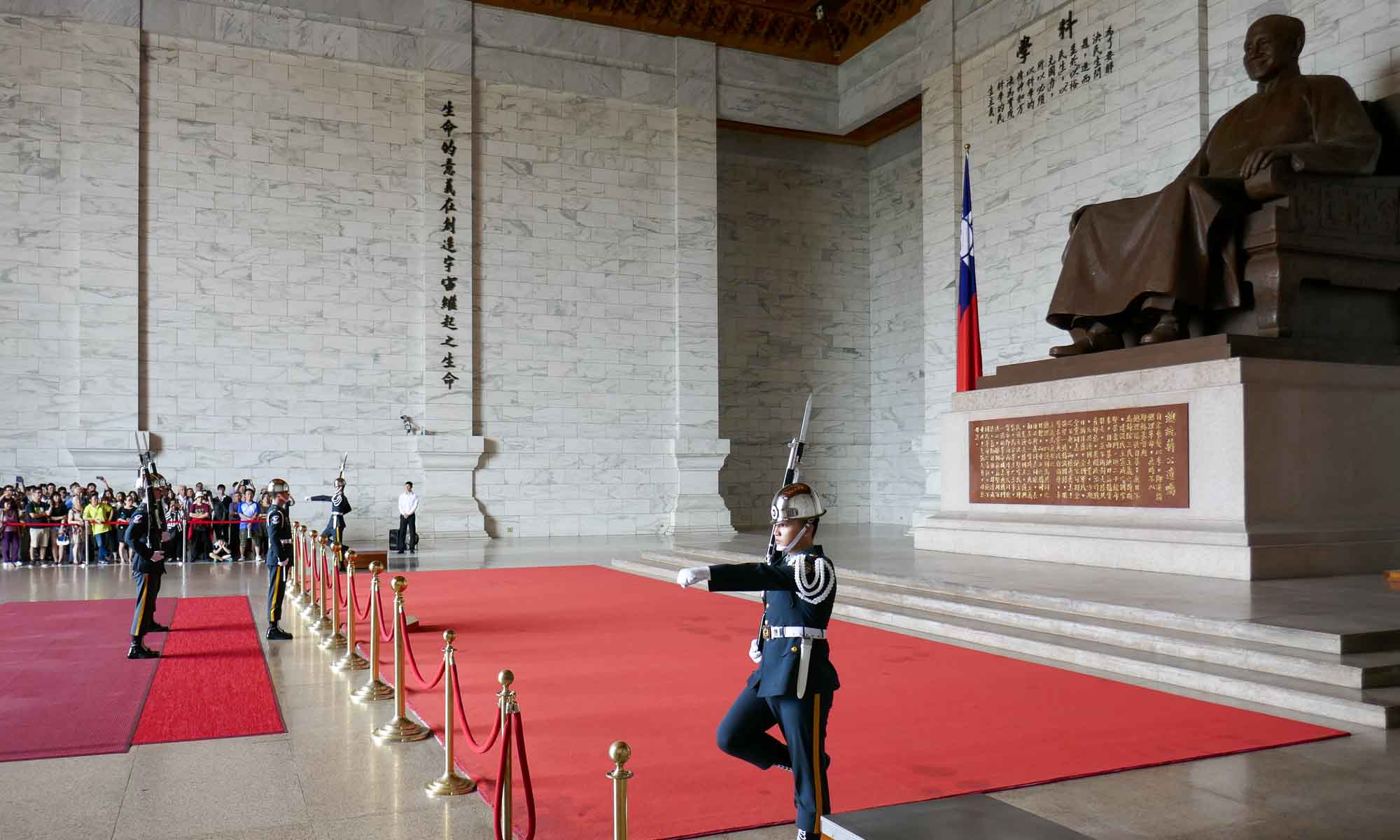
Below the main hall is an exhibition center with exhibits of the life of the former president, which help to provide insight into the history and development of Taiwan.
Getting to Chiang Kai-shek Memorial Hall
The closest metro is the Chiang Kai-shek Memorial Hall station. Exit 5 leads to the outskirts of the hall, and the hall is within a 5 minutes walk.
The Presidential Office
A short walk from the Chiang Kai-shek Memorial Hall, is the Presidential Office, which was originally built to be the office of the Governor-General of Taipei. It was designed by a Japanese architect in a traditional European style. During WW2 the building was destroyed, and was not repaired til 1946. After the retreat of the ROC government from China, it became the presidential office.
A portion of the palace is open to the public on weekdays, while the full palace is accessible on certain days.
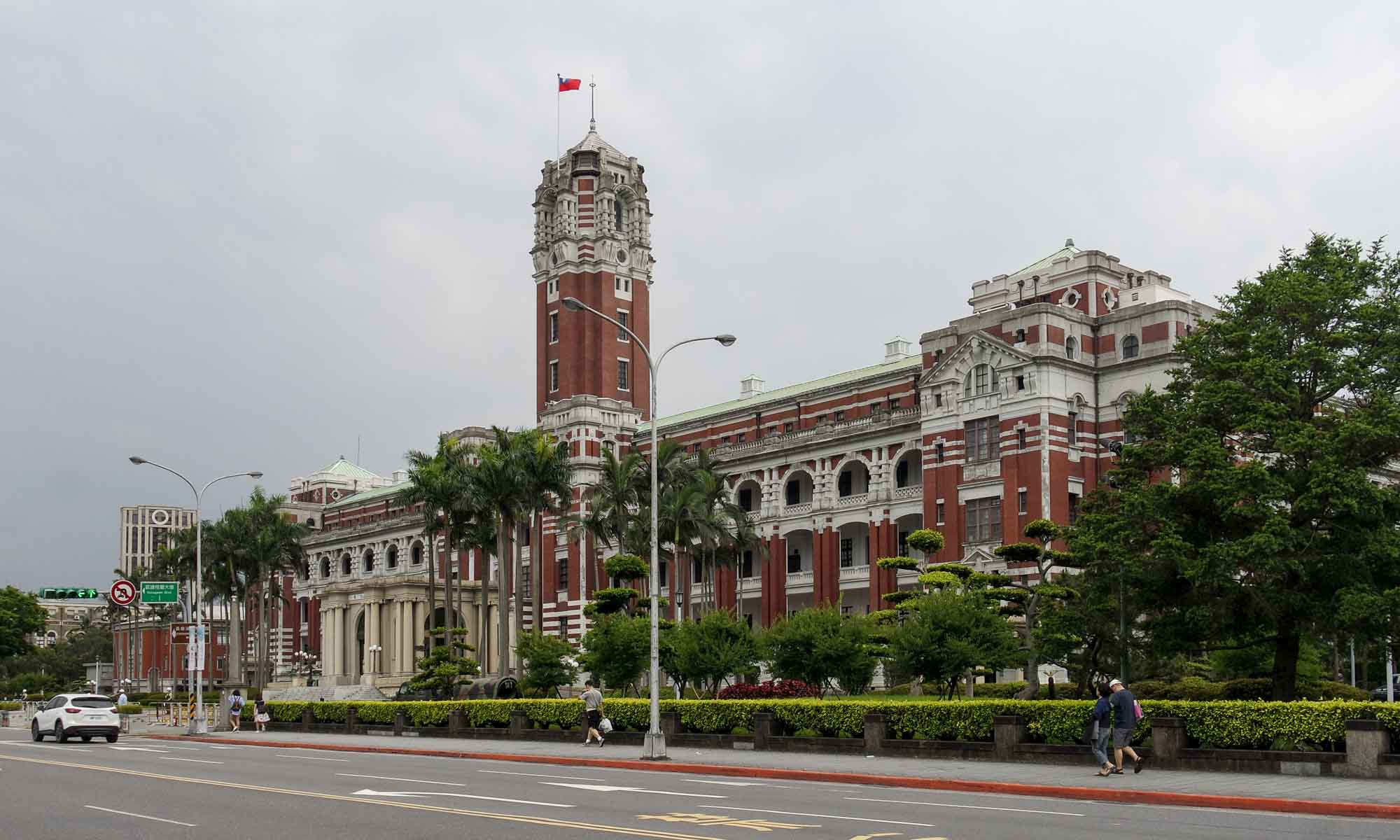
Admission fee: NT$0
Getting to the Presidential Office
The closest metro is NTU Hospital Station.
Sun Yat-sen Memorial Hall
Sun Yat-sen was the first president and founding father of the ROC and is highly revered in both mainland China and Taiwan. Construction for the memorial hall started in 1965 after a ground-breaking ceremony led by Chiang Kai-sek. The hall was completed in 1972 and includes a statue of Sun Yat-sen.
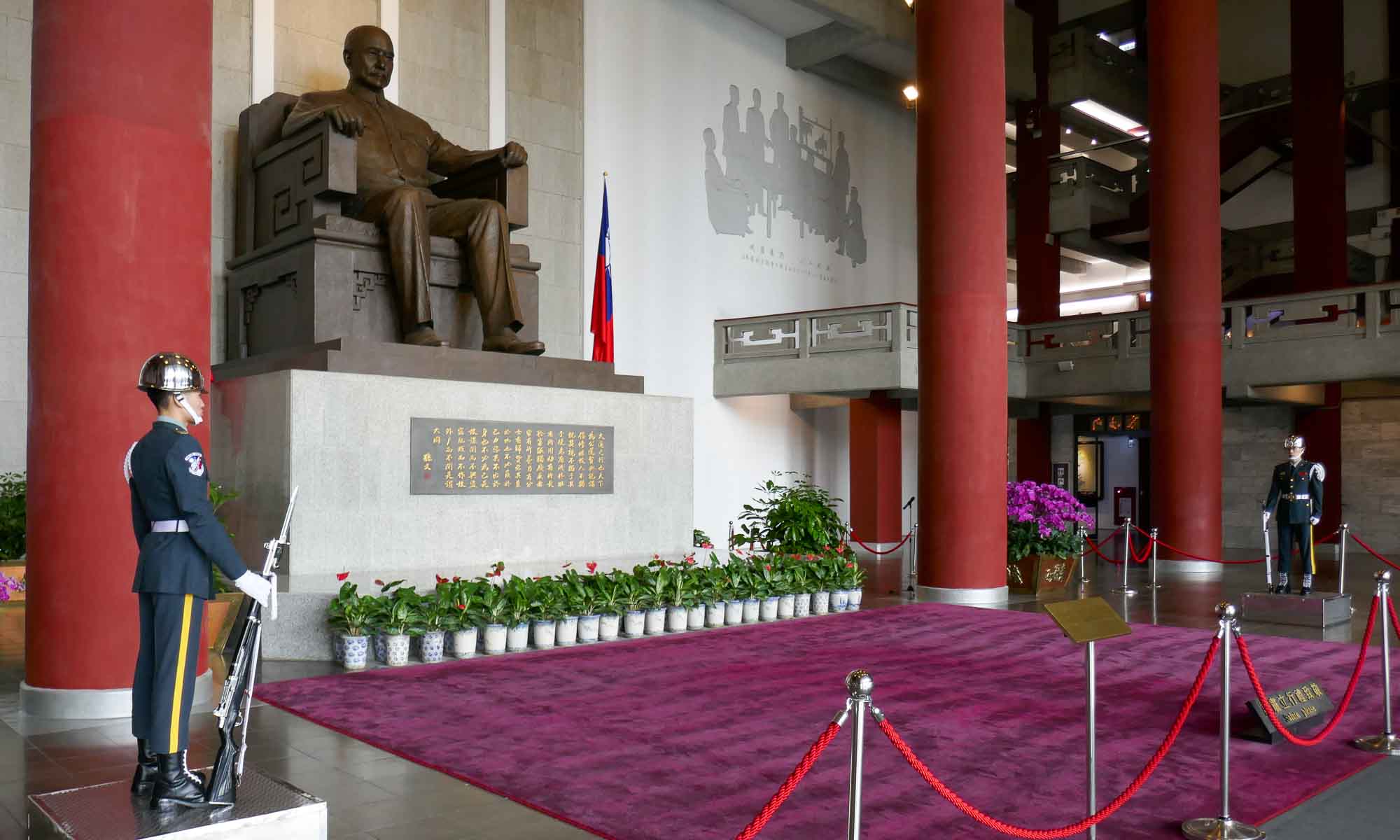
Getting to Sun Yat-sen Memorial Hall
The closest metro station is the Sun Yat-sen memorial hall station.
Side trips from Taipei
Elephant Mountain
Basically a stones throw from Taipei city, this mountain is said to offer the best view of Taipei at no cost. The trail is very popular with locals and tourists, and it takes less than 20 minutes to get to the top.
Getting to Elephant Mountain
From Taipei 101 it is about a 15 minute walk to Xiangshan MRT station, and about an 8 minute walk to the trail head, which is located close to a park.
Yangmingshan National Park (Qixing Mountain)
The Yangminghan National Park is located 40 minutes outside Taipei and is filled with mountains covered by dense rainforest.
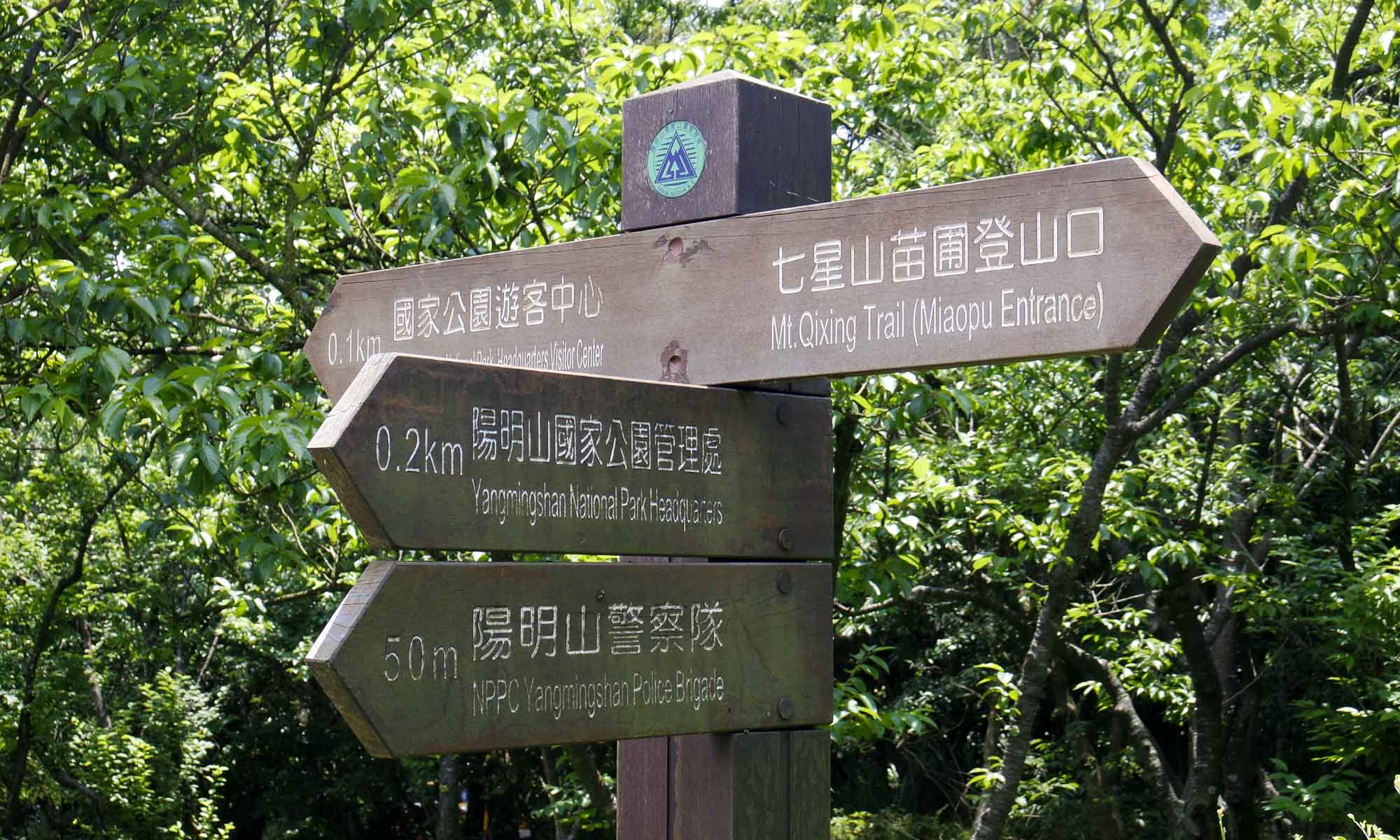
On our visit to the park we decided to hike up Mount Qixing, the tallest mountain in the Taipei area which stands at a height of 1,120 m. The trail head for the hike to the peak (Miaopu entrance) starts close to the Yangmingshan National Park HQ. For the most part the trail leads uphill, with the initial sections covered by trees and takes about an hour. At the top, there is an East Peak and Main Peak, about 500 m apart. At first the thought of climbing up the steep inclines to both peaks seemed a bit daunting, but we were rewarded with excellent views.
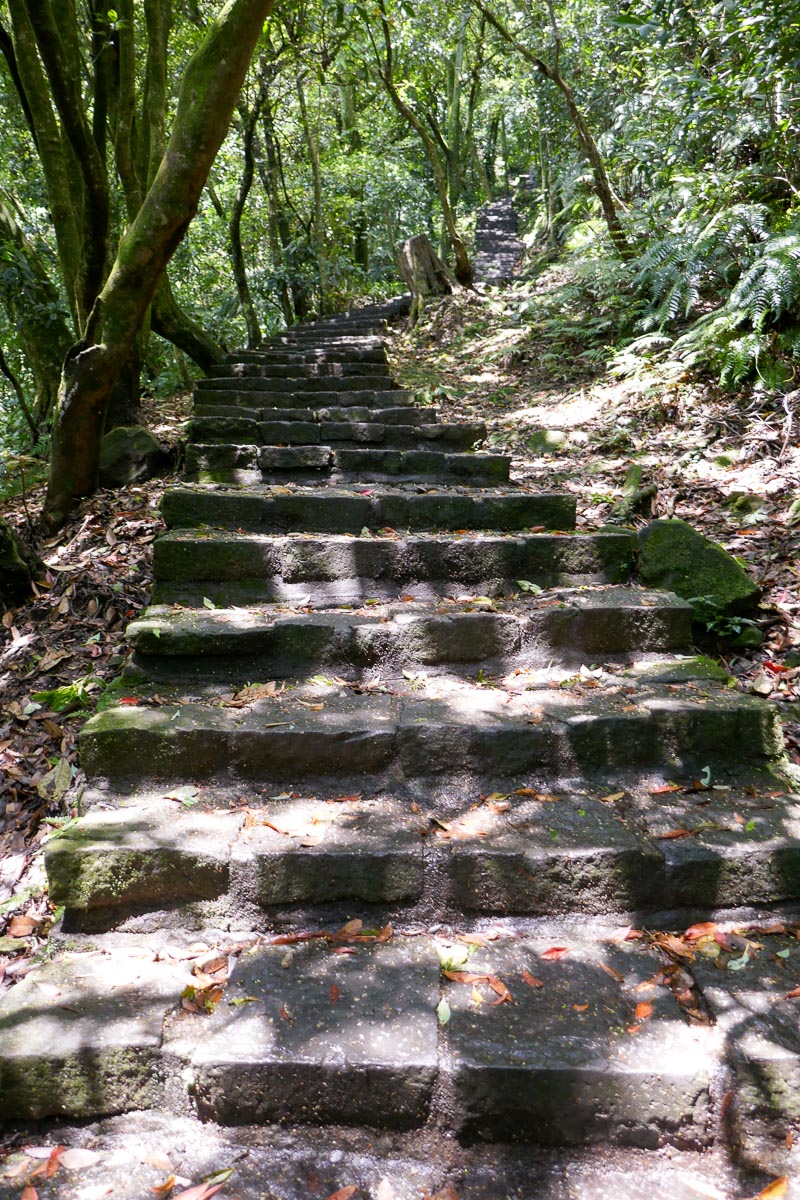
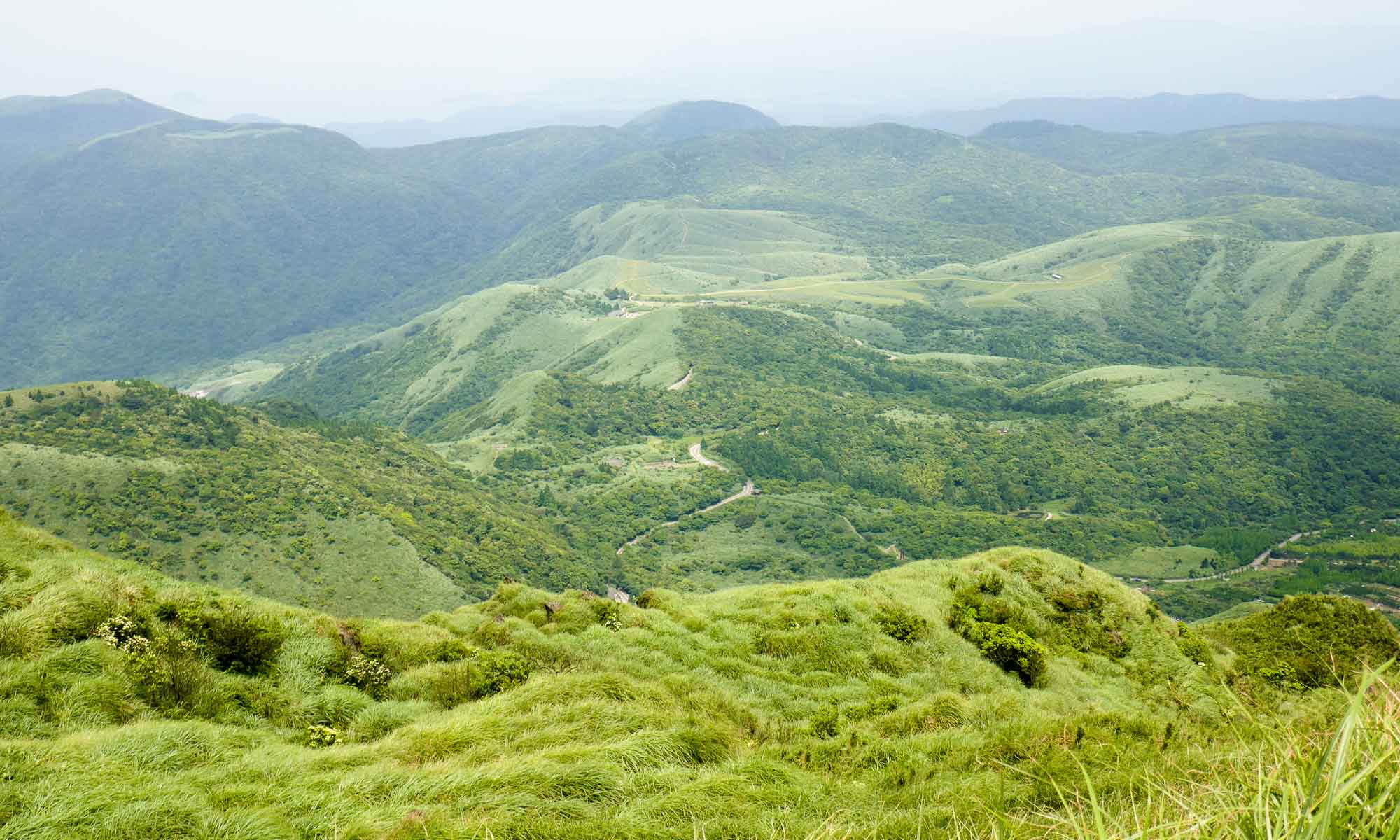

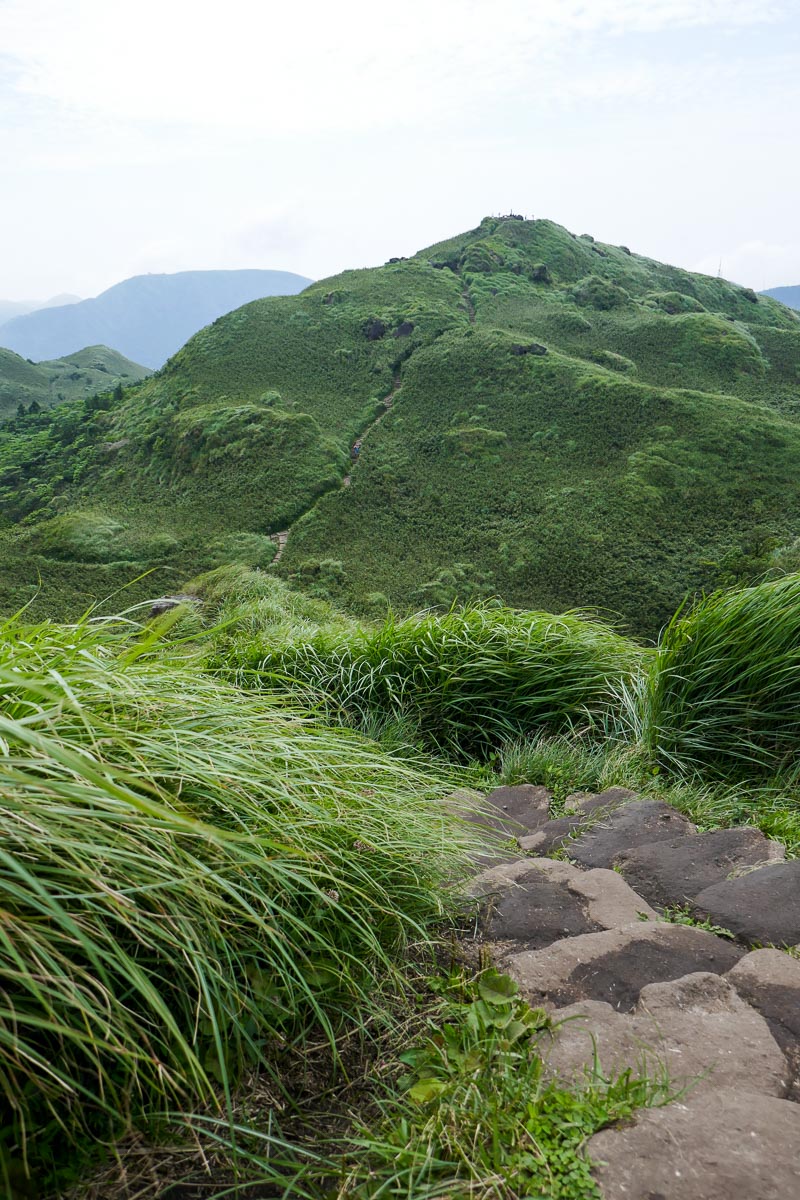
The trail from the peak, leads downhill (1.6 km) to Xiaoyukeng, one of the most geologically active areas within the park. The landscape around the trail includes hot springs and fumaroles.
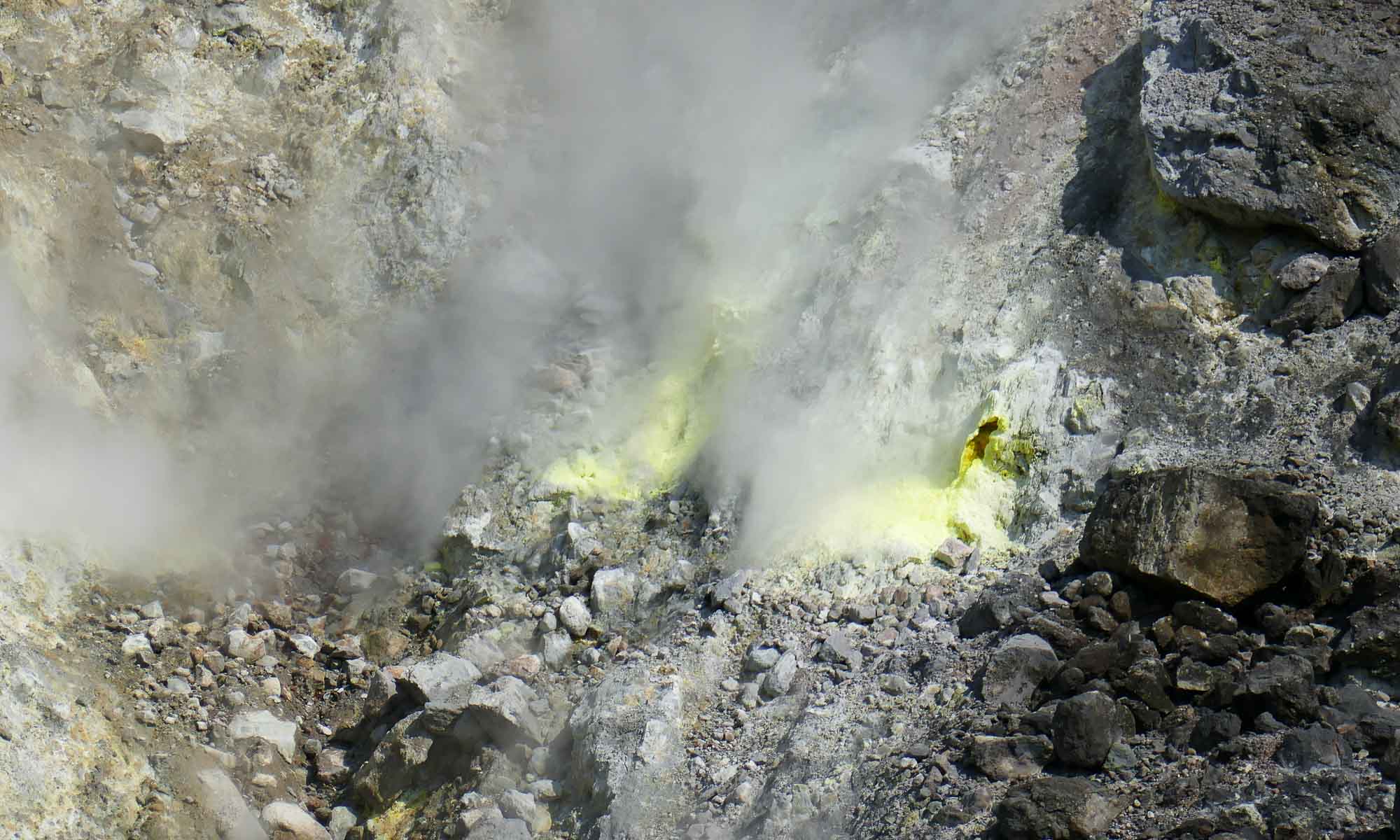
Aside from hiking the many trails, the park includes several other areas to see hot springs, or gardens. To get around the park, a shuttle van is provided (NT$60) which we took from the Xiaoyukeng trailhead to the main bus station.
Admission fee: NT$0
Getting to Yangmingshan National Park
Though we drove to the park, buses from Taipei main station make the journey every 10 minutes. From the bus station, the trail head is about a 10 minute walk uphill.
Shimen Arch
Traveling further north from Yangminghsan National Park along the northern coastal highway we visited Shimen Arch. It is said to have been formed from the remnants of a volcanic erosion, which were subsequently eroded to form the arch. Trails on both sides of the arch lead to the top.

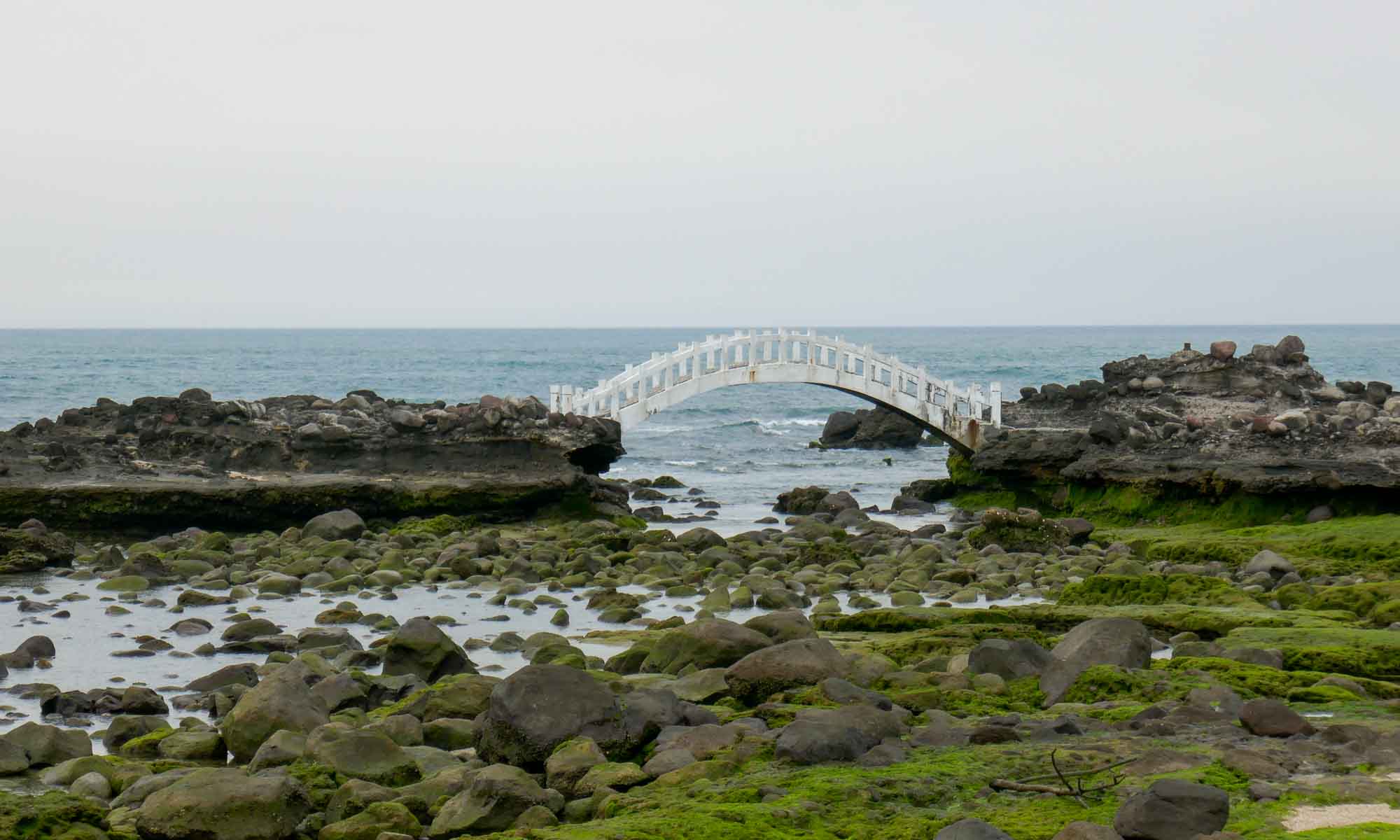
Getting to Shimen Arch
Located about an hour outside Taipei (or an hour from Yangminghan National Park) along the northern coastal highway, or 9 minutes from Laomei Green Reef.
Laomei Green Reef
This beautiful natural wonder was formed by the remnants of volcanic lava which have now been cut into channels by the waves. Every year between March and May, green algae form on the surface, and the successive layers have created this phenomenon. During low tide the view is spectacular and attracts a large number of tourists. We visited in June, when the concentration was less intense, though still beautiful.
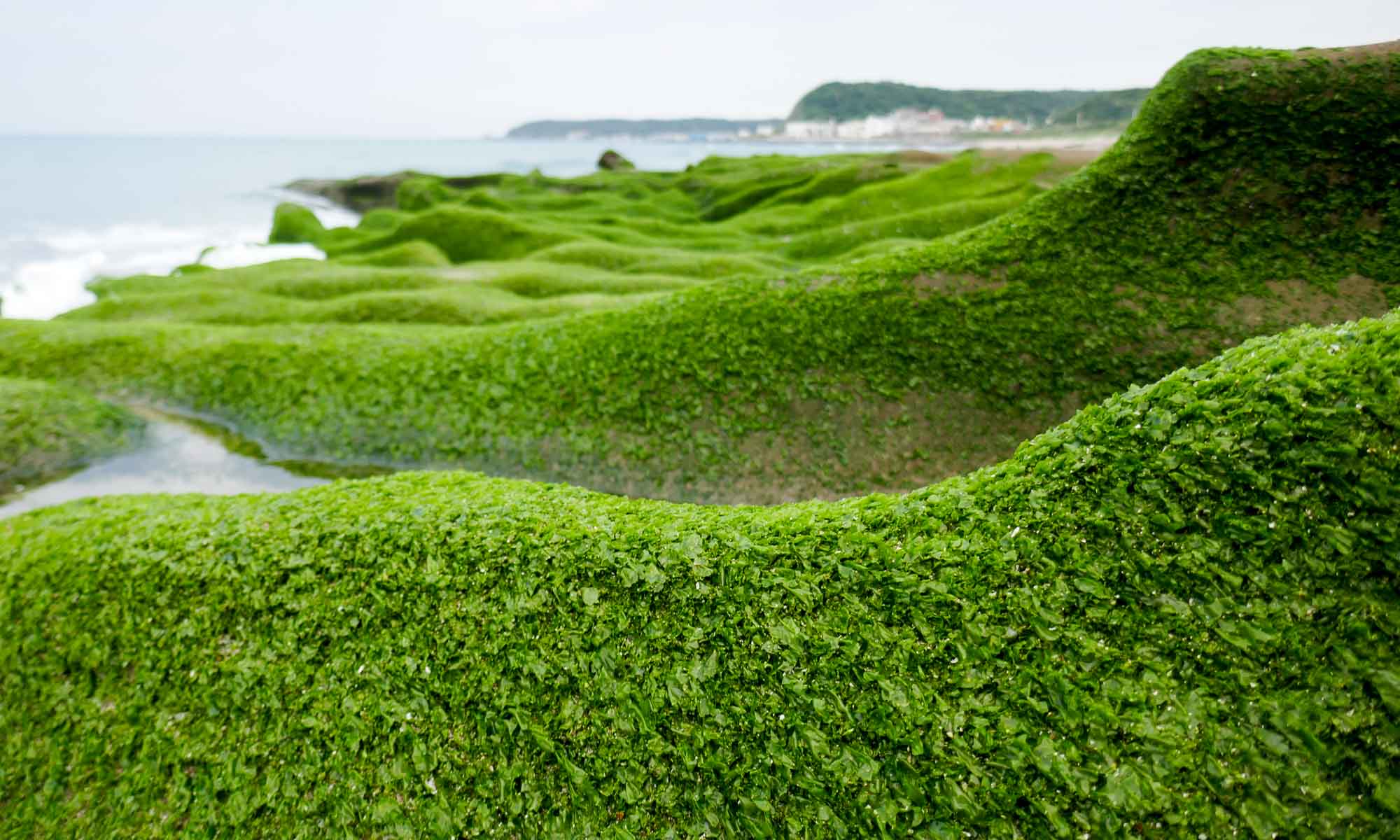
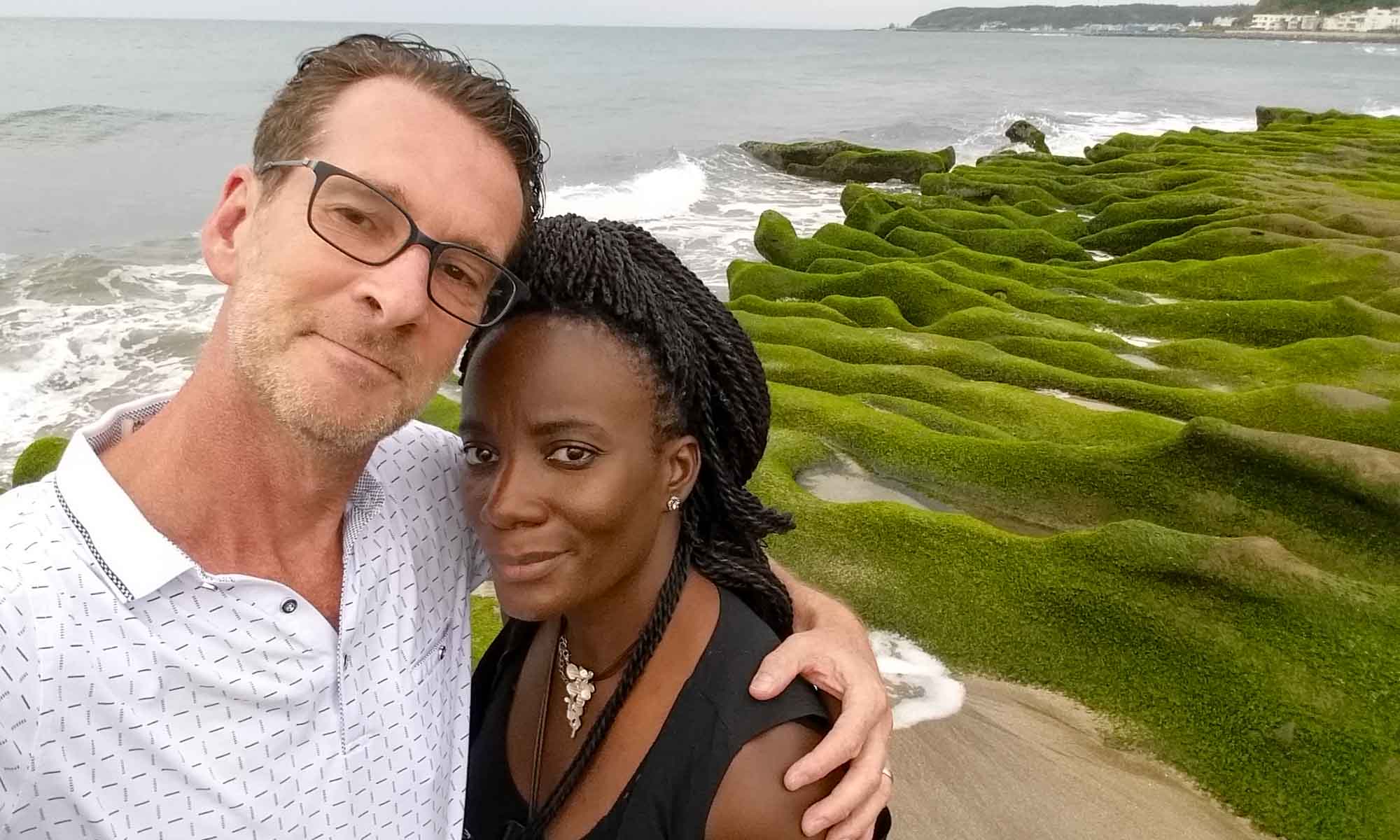
Getting to Laomei Green Reef
The reef is about an hour outside Taipei along the north coastal highway or 9 minutes from the Shimen Arch.
Yeliu Geopark
Located in New Taipei, 40 minutes north-east of Taipei, is the Yeliu Geopark, home to another natural phenomenon. The park is located on a cape which stretches about 1.7 km into the ocean. It is well known for the amazing rock formations (hoodoo stones;definition) which are the results of the constant battering of the ocean against the soft rocks, wave erosion and overall weathering. The formations resemble large mushrooms or honeycombs, and some have been given names, with the most famous being the Queen’s Head. Walking among the formations is like being on another planet.
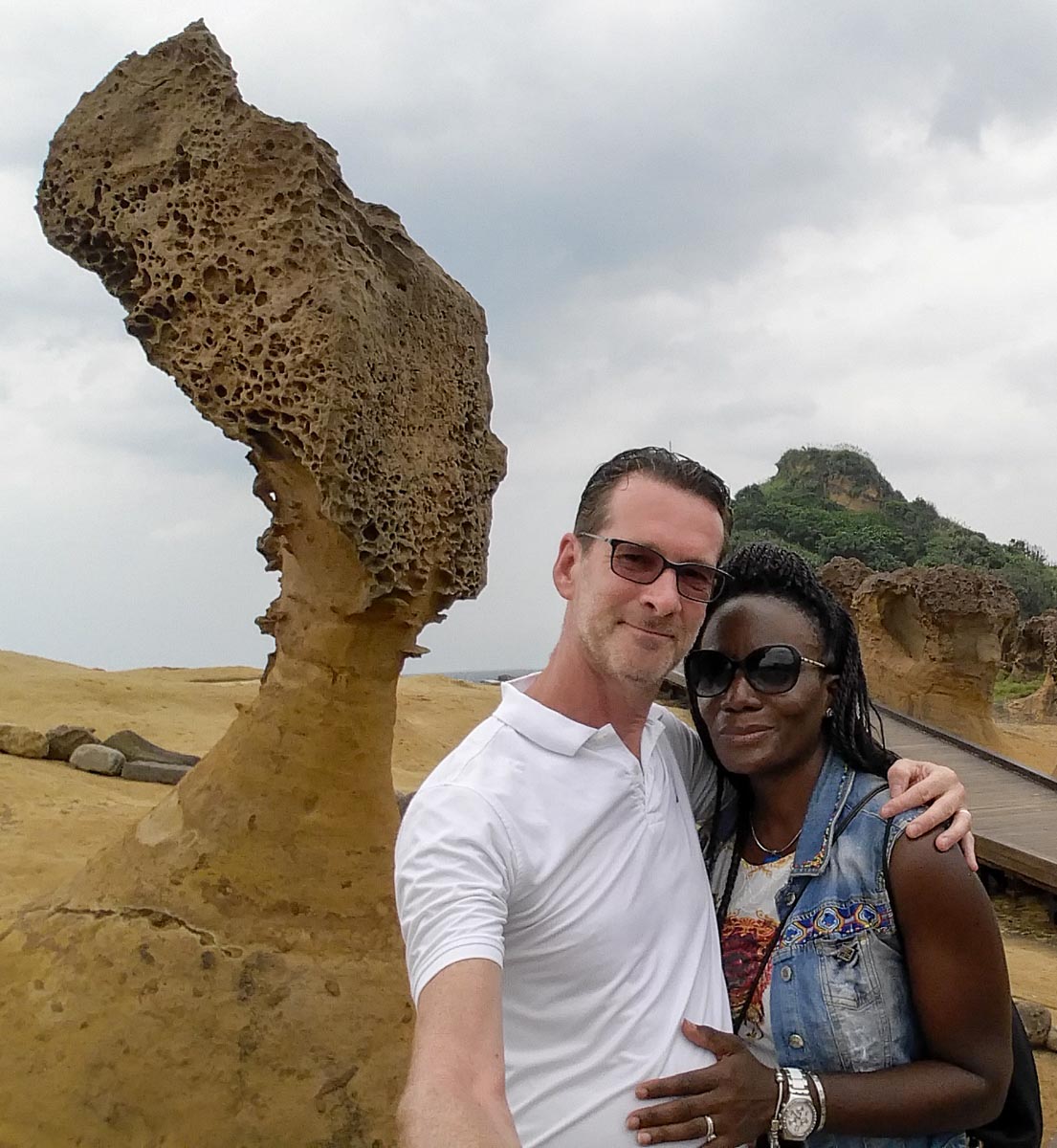


Admission fee: NT$80
Sleeping in Taipei
For the first four nights we stayed at Taipei Lotty hotel, while upon our return to Taipei after the road trip we stayed at City Suites.
Taipei Lotty Hotel
The hotel is located close to Zhongshan Elementary School MRT station and we found several supermarkets and restaurants nearby. The hotel caters mostly to Asian tourists, and serves a mostly Asian breakfast. The rooms were large and reasonably clean, and the bathroom had a large jacuzzi tub. While we enjoyed our stay and the staff were friendly and professional, due to the location, we would not rush to return to the hotel.
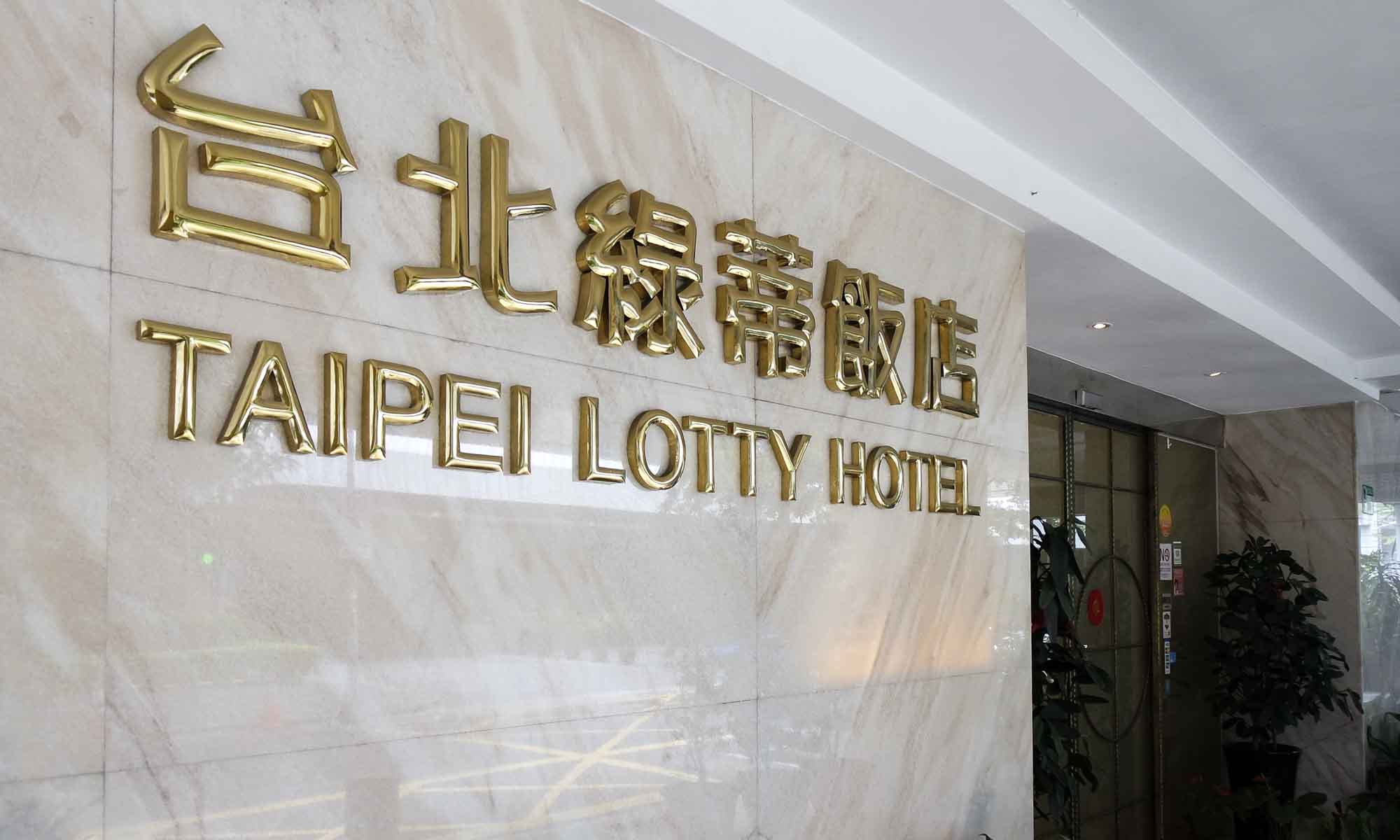
City Suites – Taoyuan Gateway
The only reason we booked this hotel was its proximity to the Taipei airport. The hotel is close to Dayuan MRT station, which is 3 stops from the airport. We had wrongly assumed that the MRT ran 24 hours, and realised too late that it only started at 06:00 which did not work for us as we had a flight departing at 06:00. The hotel is large and is popular with Chinese tour groups. Due to its location (far from everything), half-board is provided at a cost. The food served at both breakfast and dinner was average and with the number of guests the dining area was often chaotic. The rooms were of a decent size, but not particularly clean.
Getting connected in Taipei
It should come as no surprise that compared to all other countries we visited, Taipei had the best SIM card offering. We were able to get a 15-day Taiwan Mobile SIM card for NT$700, which had unlimited 4G data. We never had any connection problems when we drove round the island and instead were amazed at the consistent speed. Taipei also offers free internet access via the Taipei WIFI Alliance App.
Getting to Taipei
The flight from Hong Kong took 2 hours and landed at Taipei Taoyuan International Airport. The airport is connected to the rest of the island via high-speed rail links, the MRT or buses.
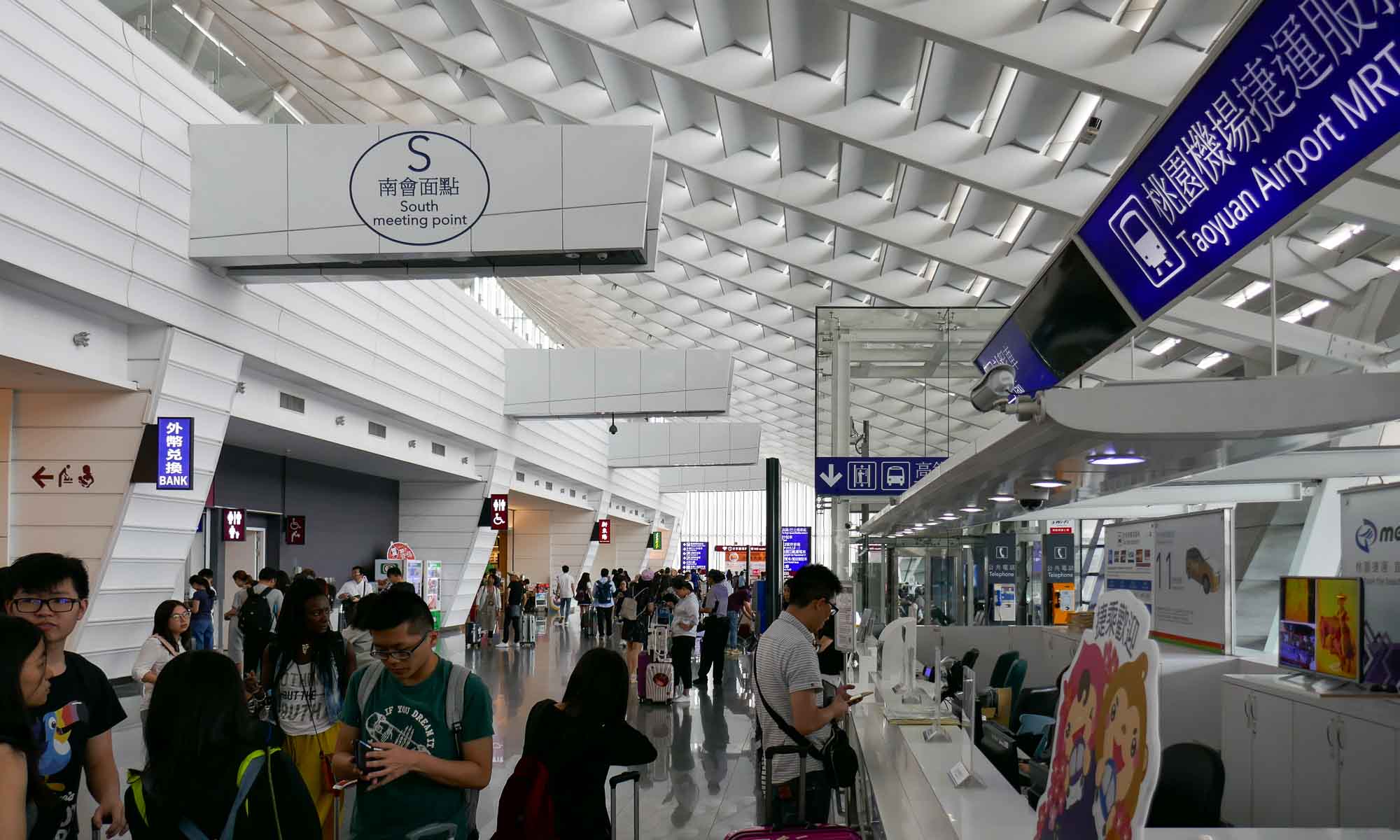
There are two services on the MRT: express (purple coloured trains) and commuter (blue coloured trains). The express train takes 35 minutes to reach Taipei city, while the commuter train takes 50 minutes. Fares are based on distance traveled. We purchased the EasyCard, which is a stored-value card that provides a 20% discount on single journeys.
Getting around Taipei
Taipei has a comprehensive transportation network which include the bus, MRT and high-speed rail. We mostly used the MRT and found it easy to navigate. On the buses depending on the route, you either paid when you got on, or off. This was clearly indicated on the side of the bus.
